Table of Contents
- Introduction
- The Joy of Kids Planting: Getting Started
- Understanding the 4 Stages of Plant Growth for Kindergarten
- How Do Plants Grow for Kids: A Simple Explanation
- Things We Get from Plants for Kindergarten: Learning About Plant Benefits
- Hands-On Learning: Kids Watering Plants and Other Activities
- The Developmental Benefits of Children Planting
- Creating a Child-Friendly Garden
- Fun Gardening Projects for Preschoolers
- Safety First: Gardening Precautions for Young Children
- Conclusion
Introduction
Gardening is an excellent activity that can benefit preschoolers in various ways. When we encourage kids to do planting activities, we nurture their curiosity and train them to care for plants. Moreover, we build sensitivity to nature in kids. To help you get started, this blog post will discuss the benefits of gardening for your preschooler and provide practical tips on how you could begin. By following these strategies, you will see the rewards of gardening in your children.
The Joy of kids planting: Getting started
Kids planting is one of the best ways to introduce preschoolers to the miracles of nature. Here are some interesting ideas to start gardening with your kids:

- You can select plants that are easy to cultivate like sunflowers, beans or marigolds.
- Radishes: They grow quickly and can be consumed within 3-4 weeks time.
- Cherry tomatoes: Delightful to be taken straight from the plant.
- Nasturtiums: Petals that are edible and have bright colours.
- Pumpkins: Fun for children to plant Halloween pumpkins of their own.
- Lettuce: Grows quickly and can be harvested several times before the stalk is completely depleted.
- Carrots: A fun vegetable to pull out from the ground.
- Provide child-sized tools for kids planting
- Small watering cans with easy-to-grip handles.
- Easy to carry disposable trowels and shovels made from plastic.
- Little hand gloves would protect the tiny hands of children.
- Small rakes are used when collecting the leaves or preparing soils.
- Small plastic bottles that emit a fine spray that may be used to water plants.
- Brightly coloured wooden sticks can be used for labelling.
- Select a small sub-section of your garden or use containers for kids planting.
- Raised bed: Design and build a small raised gardening area that is comfortable for children.
- Window boxes: Best to grow herbs or small flowers.
- Large plastic tubs: Budget-friendly ways to grow vegetables or create a mini garden.
- Hanging baskets: Ideal for trailing plants like strawberries.
- Old rubber boots or colourful buckets: Fun, repurposed planters for individual plants.
- Vertical garden: Pocket shoe organiser that hangs on the fence for several small plants.
- Make gardening a regular activity to preserve interest in children.
- Create a garden journal: Support kids in drawing or writing about plant progress for one week.
- Implement a watering schedule: Dedicate some days for kids to water the plants.
- Plan seasonal activities: Plan your activities as per the seasons.
- Host garden-themed playdates: Post events on social media and invite friends for children planting activities.
- Incorporate garden produce into meals: Let kids help prepare dishes with their grown vegetables.
- Start a composting project: Allow children to build their own compost pit.
- Plan garden-based craft activities: Make pressed flower art or vegetable prints.
Understanding the 4 stages of plant growth for kindergarten
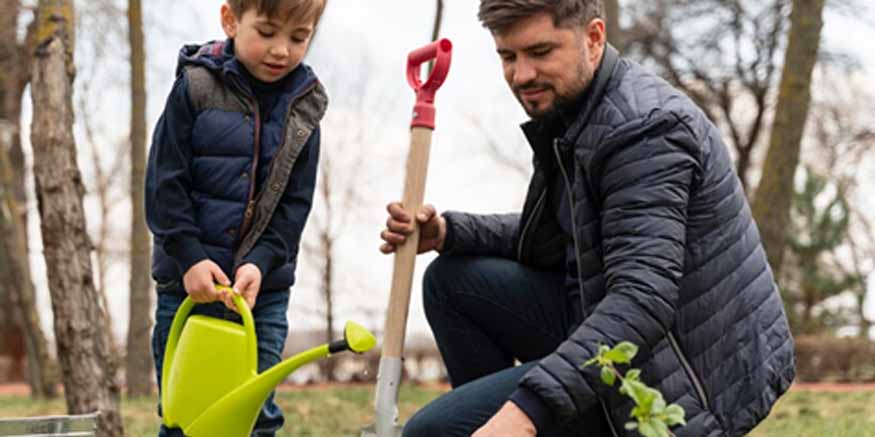
Introducing your children to 4 stages of plant growth for kindergarten can help them realise the life cycle of plants. The stages are as follows:
- Seed
- Sprout
- Seedling
- Adult plant
When participating in kids planting activities, help them understand 4 stages of plant growth for kindergarten in easier terms. Such knowledge will enable children to develop a good understanding of the process of growth and change.
How do plants grow for kids: A Simple explanation
When teaching how do plants grow to children, ensure to keep the information easy and relatable. You can say:
“Plants can grow like you do! They require food, water and oxygen to grow big. You can help them by giving them a good environment to germinate.”
This explanation helps kids plan activities that are easy to understand.
Things we get from plants for kindergarteners: Learning about plant benefits
Talking of things we get from plants for kindergarten can help children appreciate the need for plants. Some examples include:
- Food (fruits, vegetables, grains)
- Oxygen
- Materials (wood, cotton)
- Medicines
When you are teaching kids to plant, discuss the things we get from plants for kindergarten so that they appreciate the activity.
Hands-On learning: Kids watering plants and other activities
Kids watering plants is an important aspect of the gardening process. It teaches them care and responsibility. Here are some fun activities to try:
- Kids watering plants with small watering cans.
- Measure plant growth in a journal.
- Exploring insects and the other animals within the compound of the garden.
- Picking fruits and vegetables during harvest season.
All these activities make kids planting more engaging and educational.
The Developmental benefits of children planting
Children planting offers numerous developmental benefits:
- Fine motor skills: Gardening tools and instruments can help build good motor skills.
- Cognitive development: Knowledge related to gardening helps in cognitive development of children.
- Emotional growth: Gardening builds nurturing abilities and patience in children.
- Social skills: Gardening teaches children to interact with peers in garden activities.
Promoting children planting activities can be beneficial for the overall development of preschool kids.
Creating a child-friendly garden
To make kids planting safe and enjoyable:
- Use raised beds or containers if there is easy access.
- Choose non-toxic plants.
- Open corridor planting for easy navigation.
- Create a sensory area with various textures and scents.
- Design a sheltered area for design and watching.
A well-designed environment makes kids planting more accessible and enjoyable.
Fun gardening projects for preschoolers
Try these exciting kids planting projects:
- Create a fairy garden
- Sow a pizza garden with tomatoes, basil and peppers
- Grow the flowers of various colours and create a rainbow garden.
- Start an herb garden in small pots.
- Grow a bean teepee.
These projects assist kids planting more joyful and innovative.
Safety First: Gardening precautions for young children
While kids planting is generally safe, take these precautions:
- Supervise tool use.
- Teach healthy habits like handwashing after gardening.
- Opt for organic gardening to avoid chemicals.
- Use sun protection like hats or sunscreen.
- Be aware and keep away from toxic plants.
Safety must be prioritised in kids planting activities.
Conclusion
Gardening with preschool children is a beneficial activity that helps their growth and development in many ways. We have explored the 4 stages of plant growth for kindergarten kids and the things we get from plants for kindergarten kids.
By participating in kids planting activities, children learn gardening along with important life skills. From watering plants to harvesting their first homegrown tomato, every gardening activity creates cherished memories and improves their health.
At Mother’s Pet Kindergarten, we include kids planting activities in our curriculum. We understand the value of nature in children’s lives. We also collaborate with parents to guide them on how to carry out kids planting activities at home. By enrolling your child in MPKS, we guarantee to raise responsible, nature-oriented children.
Go and get those small watering cans, gardening gloves, and make your children kids planting journey adventurous today. See your preschooler grow alongside nurturing plants that will last a lifetime. Happy gardening!

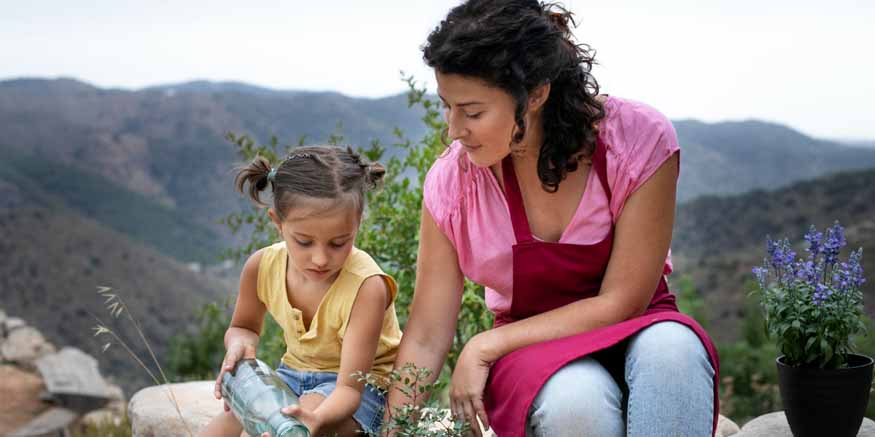

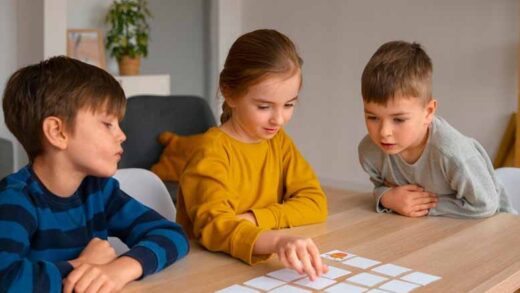

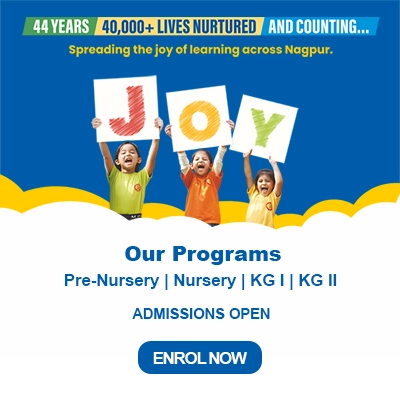
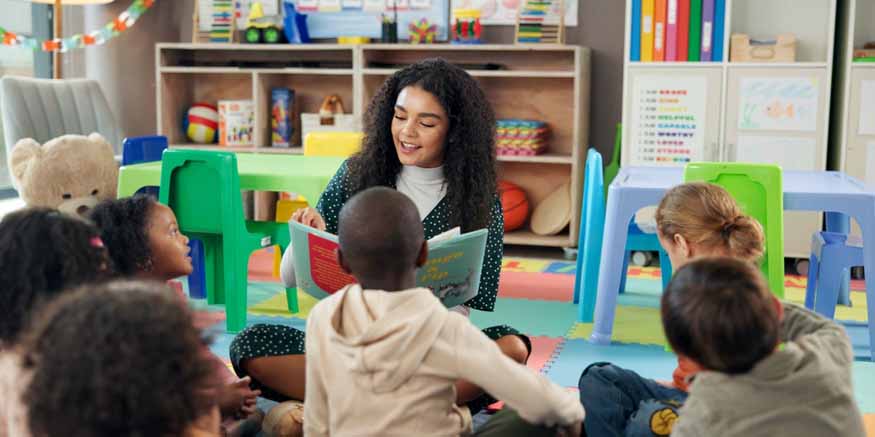
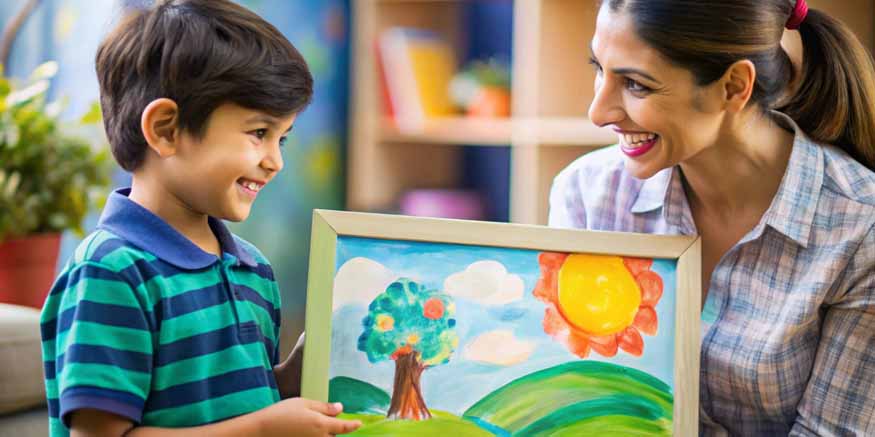
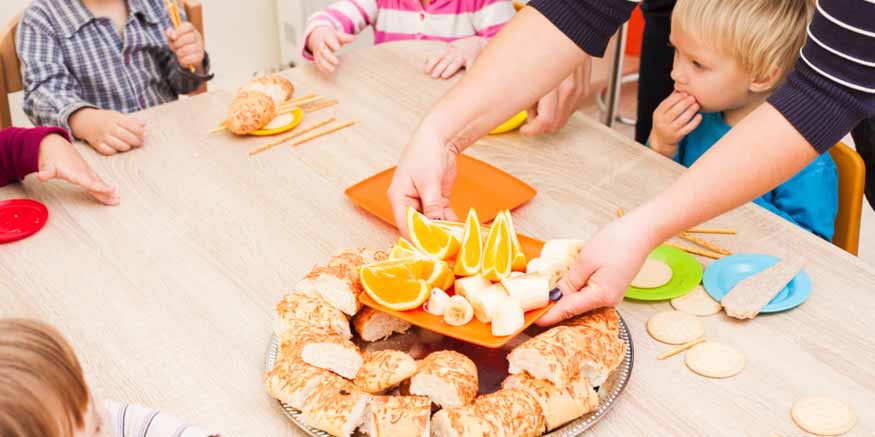
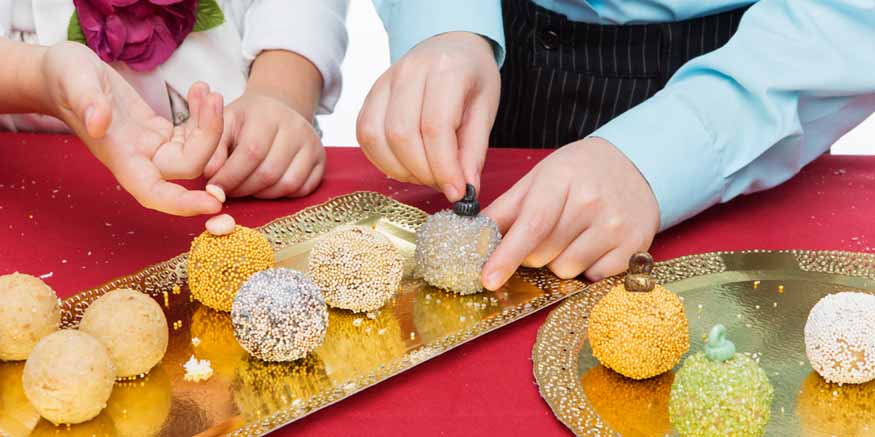
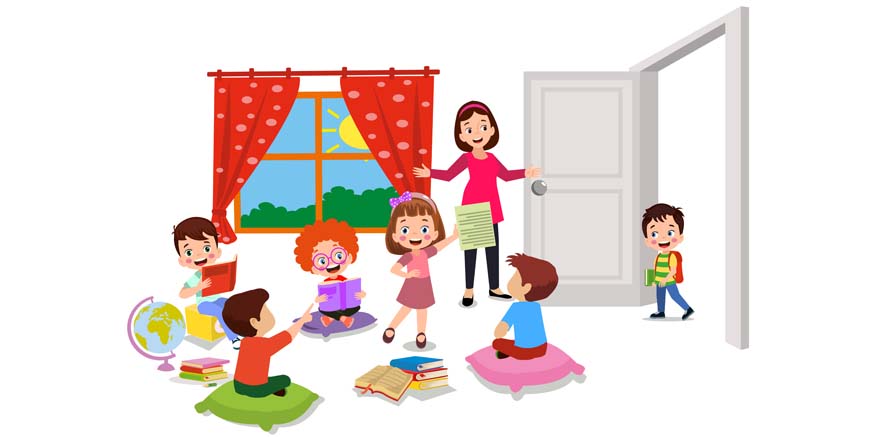


Recent Comments